An impressive project by Anderson Rohr.
Get the latest international news and world events from around the world.
Introducing KAI’s next-gen simulation ecosystem powered by Unreal Engine
With the simulation industry rapidly embracing digital technology, Korea Aerospace Industries (KAI) is driving innovation by adopting Unreal Engine. Discover how in this blog.

The use of artificial intelligence in psychotherapy: development of intelligent therapeutic systems
Both groups showed significant reductions in anxiety levels. The control group receiving traditional therapy had a 45% reduction on the Hamilton scale and a 50% reduction on the Beck scale, compared to 30% and 35% reductions in the chatbot group. While the chatbot provided accessible, immediate support, traditional therapy proved more effective due to the emotional depth and adaptability provided by human therapists. The chatbot was particularly beneficial in crisis settings where access to therapists was limited, proving its value in scalability and availability. However, its emotional engagement was notably lower compared to in-person therapy.
The Friend chatbot offers a scalable, cost-effective solution for psychological support, particularly in crisis situations where traditional therapy may not be accessible. Although traditional therapy remains more effective in reducing anxiety, a hybrid model combining AI support with human interaction could optimize mental health care, especially in underserved areas or during emergencies. Further research is needed to improve AI’s emotional responsiveness and adaptability.
Background The increasing demand for psychotherapy and limited access to specialists underscore the potential of artificial intelligence (AI) in mental health care. This study evaluates the effectiveness of the AI-powered Friend chatbot in providing psychological support during crisis situations, compared to traditional psychotherapy. Methods A randomized controlled trial was conducted with 104 women diagnosed with anxiety disorders in active war zones. Participants were randomly assigned to two groups: the experimental group used the Friend chatbot for daily support, while the control group received 60-minute psychotherapy sessions three times a week. Anxiety levels were assessed using the Hamilton Anxiety Rating Scale and Beck Anxiety Inventory. T-tests were used to analyze the results. Results Both groups showed significant reductions in anxiety levels.
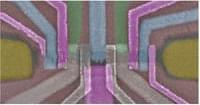
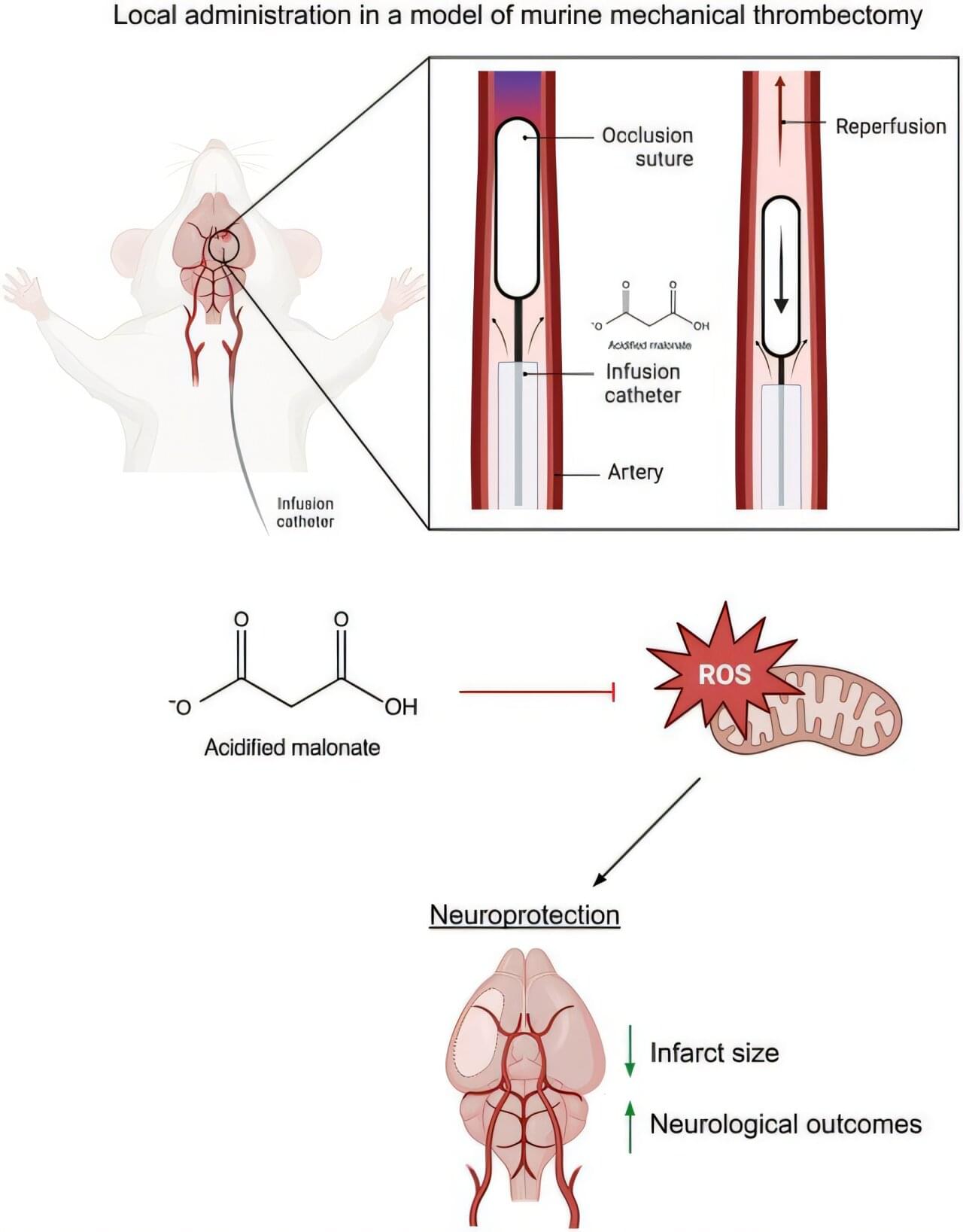
New treatment could reduce brain damage from stroke, study in mice shows
Cambridge scientists have developed and tested a new drug in mice that has the potential to reduce damage to the brain when blood flow is restored following a stroke.
The study, “Local arterial administration of acidified malonate as an adjunct therapy to mechanical thrombectomy in ischemic stroke” was published in Cardiovascular Research.
As many as one in four people will have a stroke during their lifetime. This is when a blood clot prevents oxygen from reaching a part of the brain. The first few hours following a stroke are crucial—the blood clot needs to be removed quickly so that the oxygen supply to the brain can be restored; otherwise, the brain tissue begins to die.
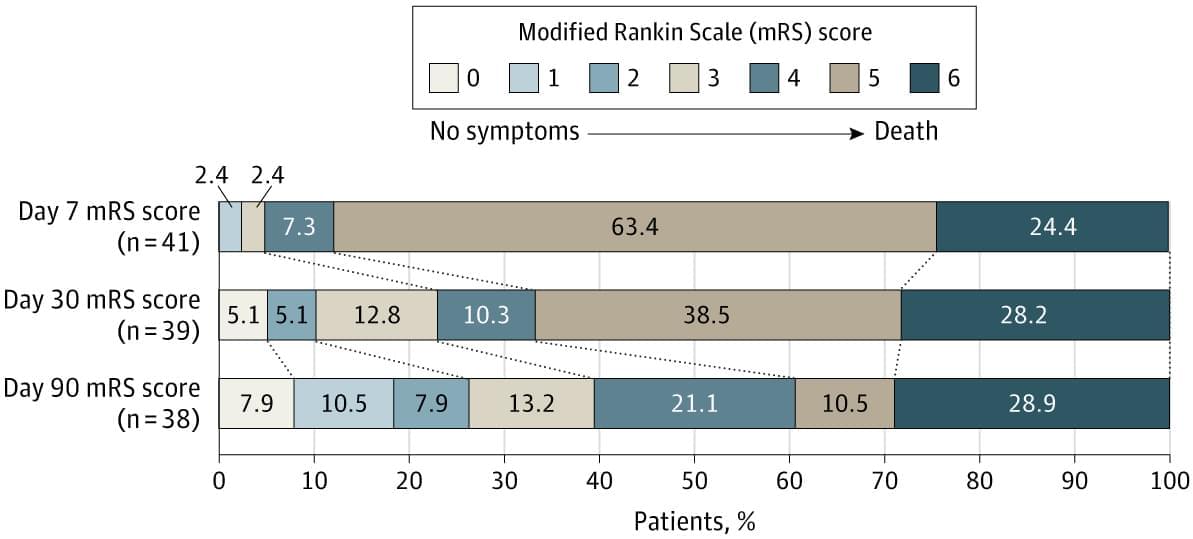
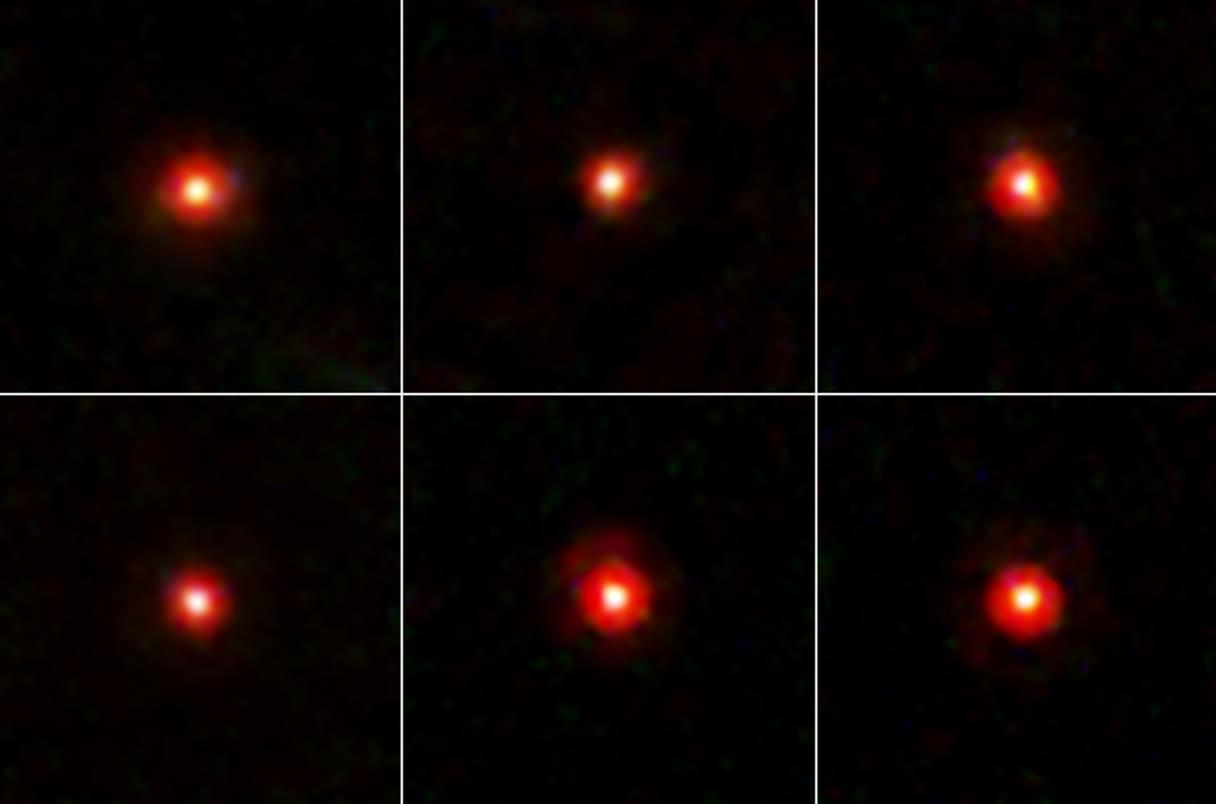
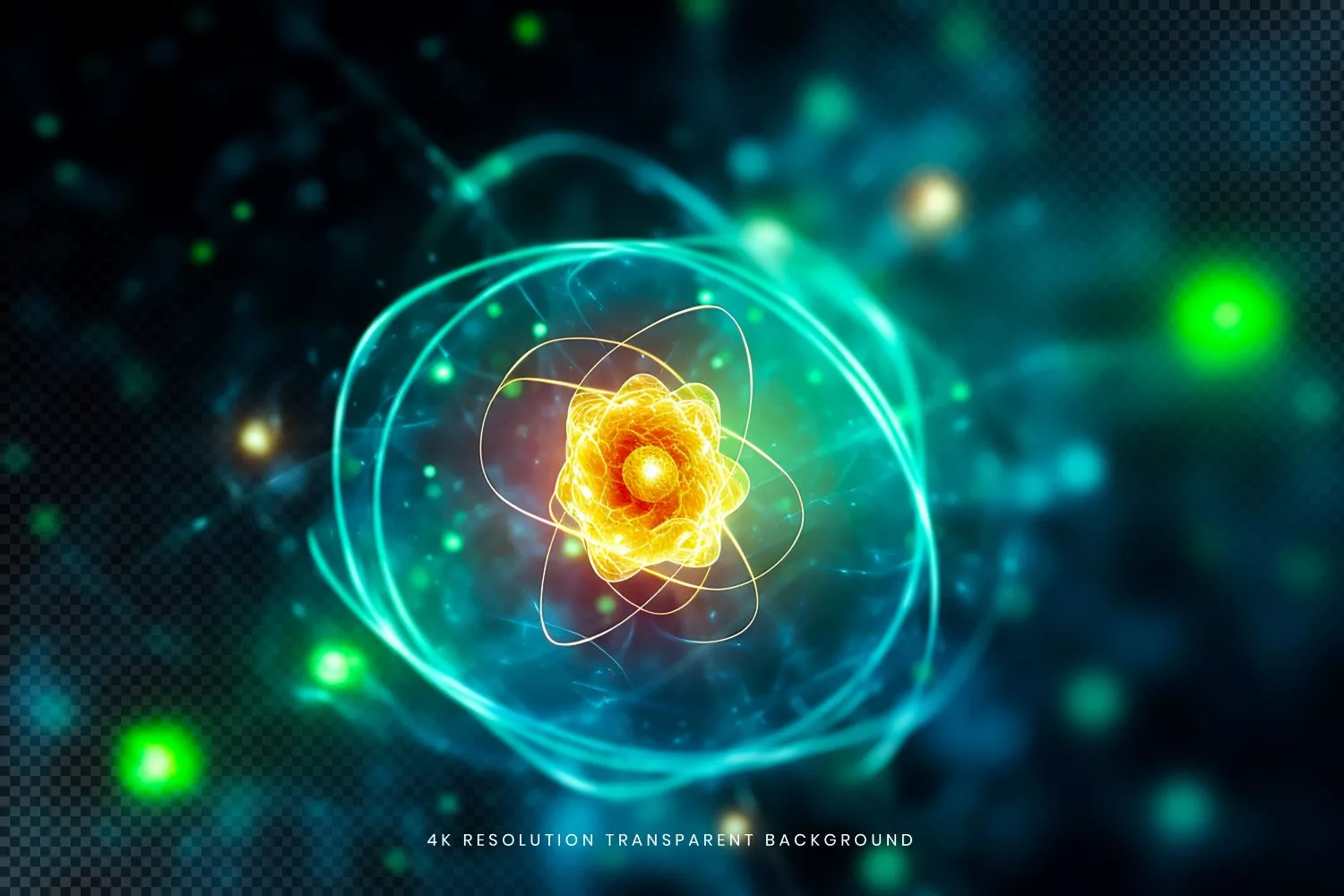
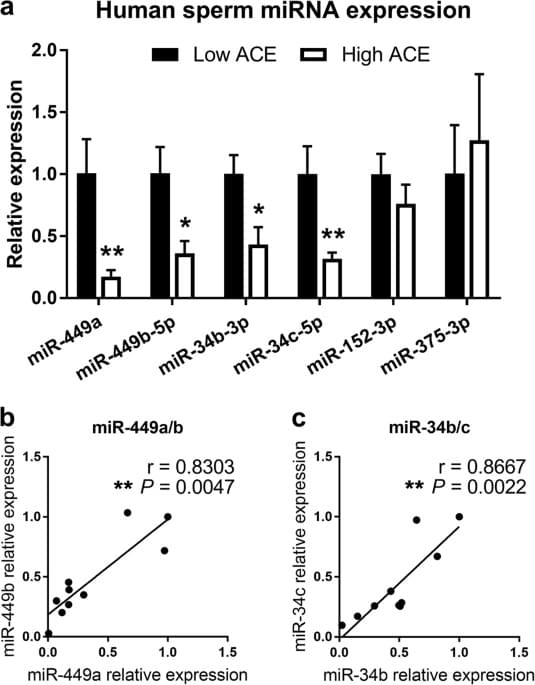
Reduced levels of miRNAs 449 and 34 in sperm of mice and men exposed to early life stress
Many studies have confirmed that exposure to severe stress during childhood has long-lasting negative health effects. One of the most convincing has been the Adverse Childhood Experience (ACE) Study, which is supported by over 100 publications1. It was initiated by collaboration between the Centers for Disease Control and Prevention and Kaiser Permanente’s Department of Preventive Medicine. It led to the ACE Study Questionnaire (see http://www.acestudy.org/index.html), where anonymous yes or no answers to 10 questions involving participant’s experiences at home until the age of 18 are quantified. Five are personal questions about physical abuse, verbal abuse, sexual abuse, physical neglect, and emotional neglect. Five relate to other family members: an alcoholic parent, a victim of domestic violence, incarceration, diagnosed with a mental illness, and the disappearance of a parent through divorce, death, or abandonment. A score ≥4 puts one at serious risk for future mental and physical health problems, such as a 4.6-fold increased rate of depression2 and a ~30-fold increased rate of suicidal ideation and attempts in adults3. Remarkably, 10% of the population reports scores of ≥4.
There is a growing appreciation that clinicians should be aware of patients’ traumatic experiences, particularly when young, because they add to their risk for physical and psychiatric maladies4,5. Moreover, sensitivity to PTSD has been shown to correlate with ACE score6,7,8 implying it can be used as a screening tool to identify people who should take extra precaution to avoid trauma. However, some may not answer the ACE questionnaire accurately due to suppressed memories or because of the sensitive nature of many of the questions, particularly in settings that do not allow anonymity. Thus, discovery of unbiased markers for early trauma could complement ACE surveys in some clinical settings.
Moreover, offspring of those exposed to early life trauma are at elevated risk for psychiatric disorders9. This phenomena has also been demonstrated in rodents10,11. For example, transmission of the effects of stress across generations has been observed after exposing male mice to a wide variety of psychological stresses, including social defeat12, chronic physical restraint13, multiple variable perturbations in adults14, social instability beginning in adolescence15, and early maternal separation16. While some evidence in mice points to environmentally induced changes in sperm DNA methylation as a mechanism for transmission of stress phenotypes16, the best evidence to date supports small RNA species in sperm. Recent studies show that sperm contain various types of cytoplasmic RNAs (e.g., mRNAs, miRNAs, siRNAs, lnc-RNAs, piwi-interacting RNAs, and fragments of tRNAs) that have the potential to contribute to embryo development17,18,19.

The Growing Impact Of AI And Quantum On Cybersecurity
#ArtificialIntelligence #CyberSecurity #QuantumComputing
The transformative effects of emerging technologies in this year by artificial intelligence and quantum computing will be hugely impactful; however, their cybersecurity challenges on society will require the need for proactive security adaptation and collaboration to mitigate new threats.